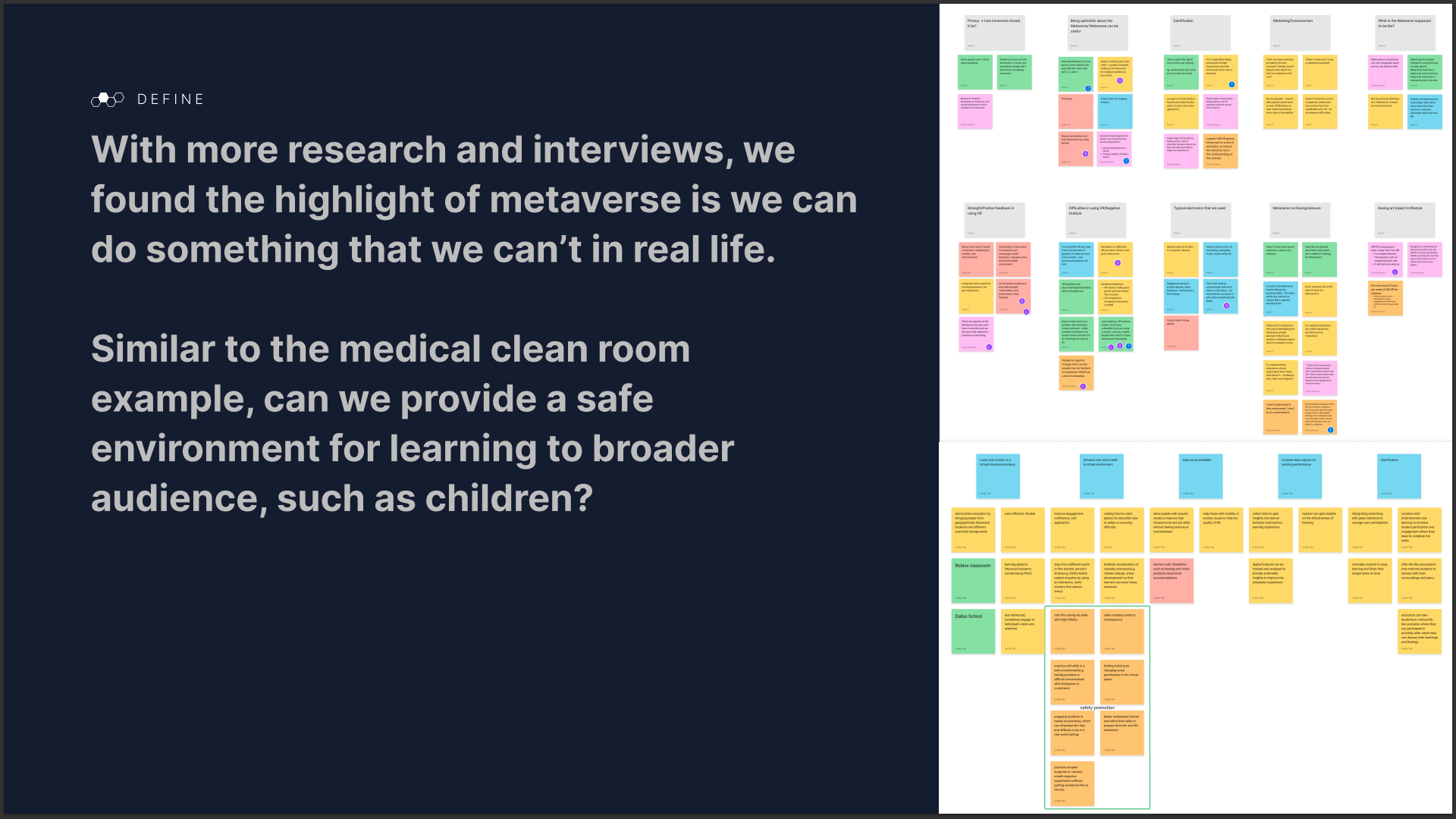
Sleep Fast. Sleep Well.
Sono is a VR app designed to help aid a disrupted sleeping schedule. Based on collected research, Sono utilizes visual depictions of brain frequencies and custom audio to help aid the mind to sleep.
What is Sono?
Detail: Edited in Filmora, Animated in Adobe AfterEffects, IbisPaintX, and ProCreate








The realization of Sono comes from a long line of research, seeded from the question, “What is a VR app that everyone could use?” The purpose of this project was to use research as the primary tool to shape our user experience. Our team started with “education in VR”, however to narrow the scope down, we conducted a few ideas a few mini surveys to see what type of education people were interested. Contemporaneously, we began interviewing teachers, and art professors who’ve used VR/AR in their works before. To our surprise, a lot of opposition to VR were spoken, especially with those who worked with it. These voices include, “VR feels very forced and narrow, a kind of move toward interiority”, and “It seems so dystopic.” Would people then want to wear such a cumbersome tool to learn? “How about mindfulness then?,” is what we asked next. How can VR help someone’s mental health? We designed a virtual space where the user could reflect on their day and anonymously talk to other users who take the shape of small animated characters. We were now heading towards something we were interested in. But the only problem was how similar practicing mindfulness in VR was with regular meditation. We couldn’t help but ask ourselves, is VR really necessary for this field? We used a method called Generative Research (Examples of the Generative Research is listed below) to ask how people felt about our topic, and many of our responses resonated with our concerns. Without making sense of our topic we couldn’t move on. Our team began digging deeper into what other forms of mindfulness exists. Maybe the VR helps you play the guitar, maybe it allows you to be in a quiet space when you want to escape a loud environment such as in planes. That’s when sleep, what seems to sound almost antonymous to VR came to the table. There are research showing that the visualization of brain frequencies help aid users to a restful sleep. A sleep survey we conducted around this time also showed that sound seemed to be a large factor to why people could either sleep or not sleep. VR has the ability to cover both. There were some who were also sensitive to brightness. People in general use the sun as an indicator for when to wake up, but in a dark room, it is difficult to grasp the time of day, especially during sleep. However in a VR environment people can sleep in a room that gets brighter as the sun goes up. This was the topic we wanted to explore after a long process of research. A quick storyboard for a two and a half minute promotion video was fabricated. Based off of that, the team began planning and ultimately recording what we needed to best send the message across. Aside filming, ProCreate and ibisPaintX were used to animate, and Adobe AfterEffects was used for graphic scenes. This project delineates a process of research, brainstorming, and teamwork. Sono comes from a prefix relating to sound, and in Portuguese, it means sleep.






